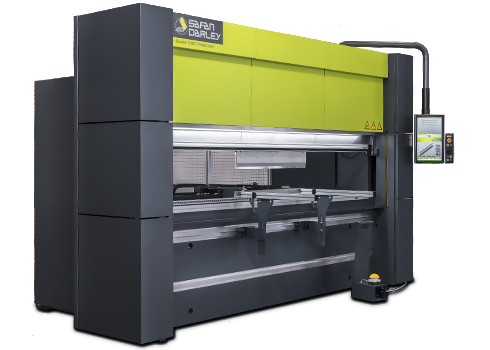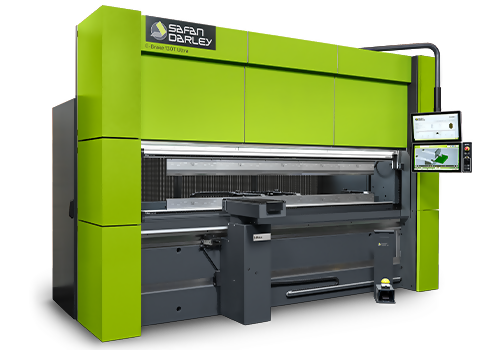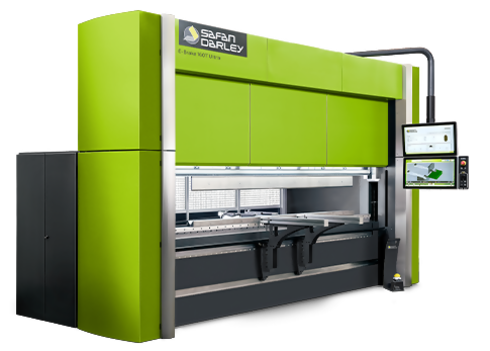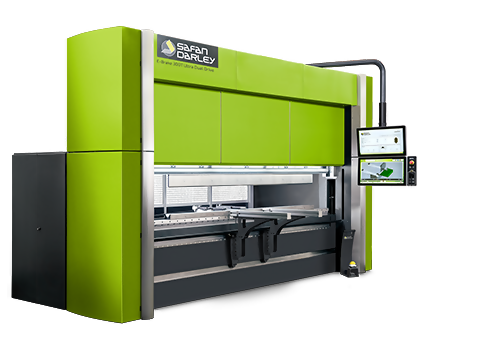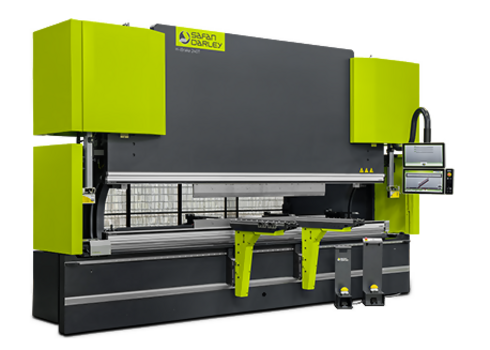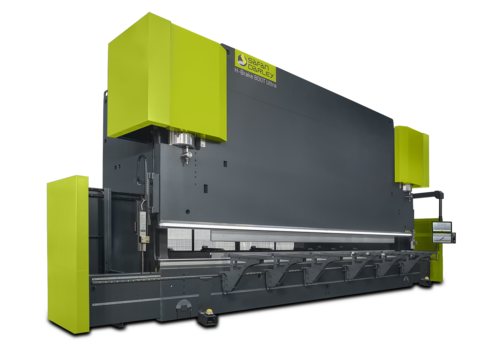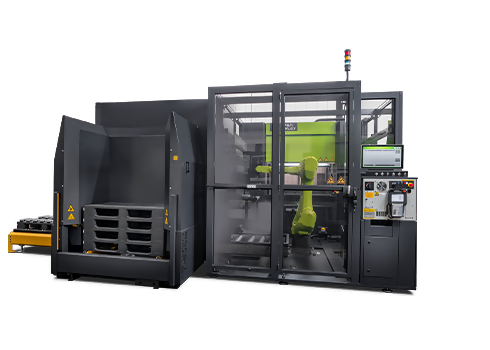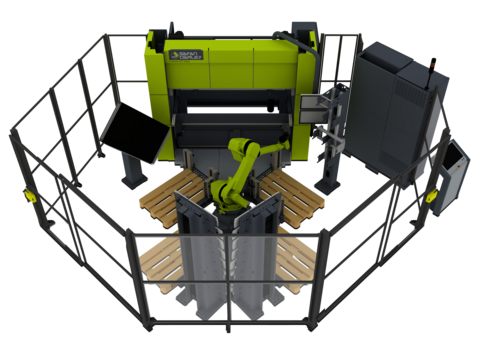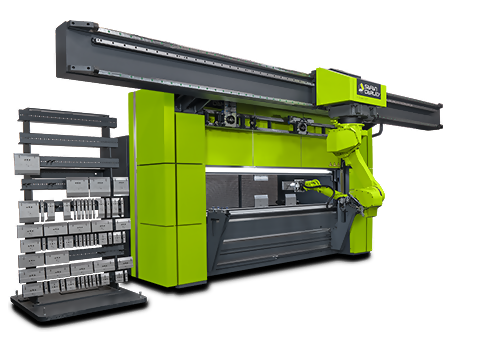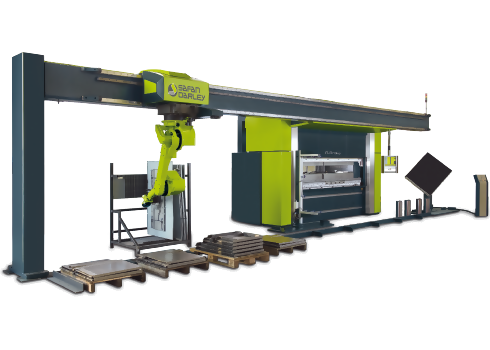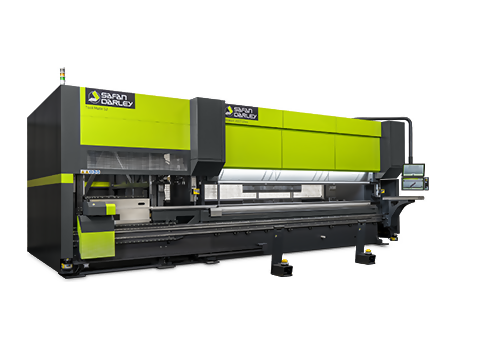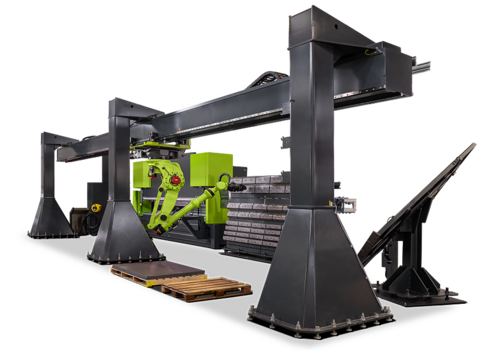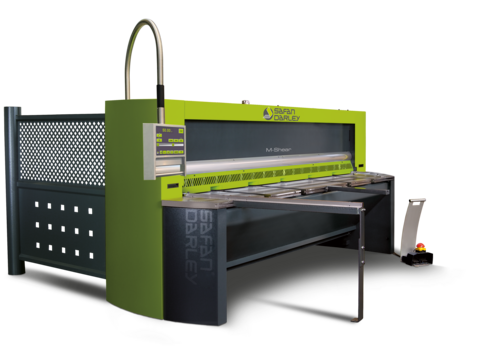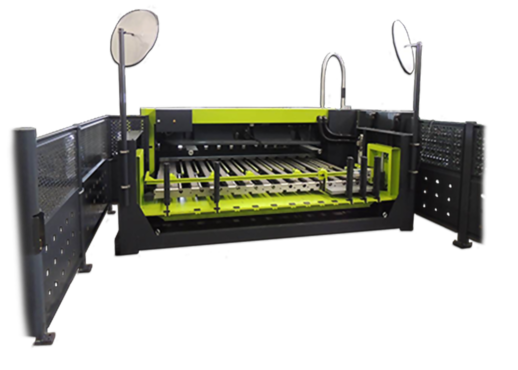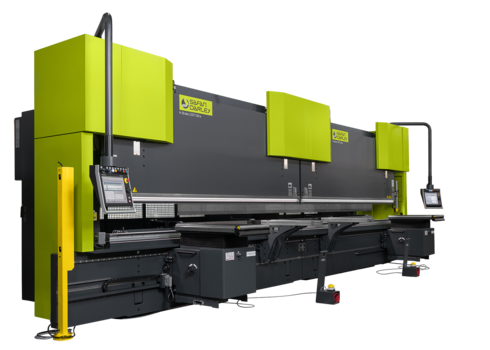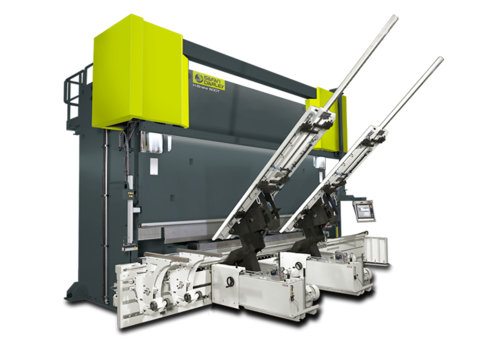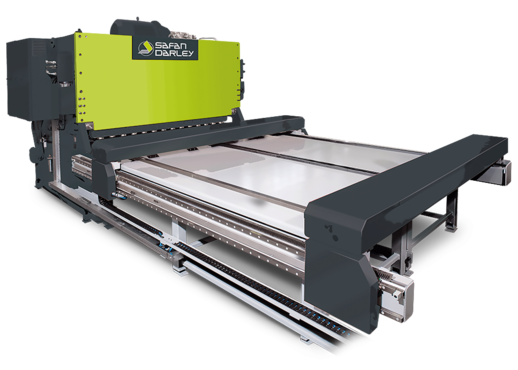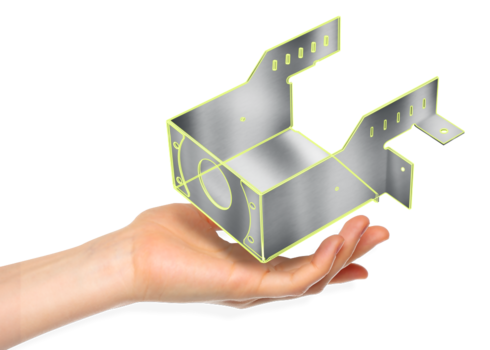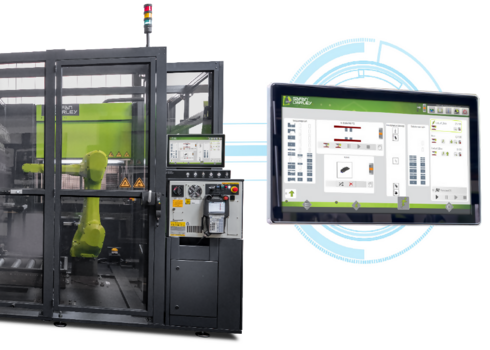
The Top 3 ManufacturingAutomation Trends of 2022
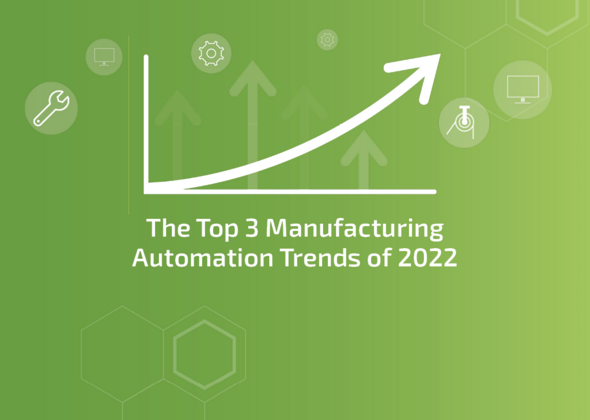
The Top 3 Manufacturing Automation Trends of 2022
Check virtually any list of the top technology trends of 2022, and automation is sure to be at the top. In fact, it’s a given in the sheet metal fabrication industry.
At SafanDarley, we are seeing growth in automation investments across the board, in small, mid-sized, and large fabrication companies. So let’s take a closer look at the growth of automation in our industry.
Here are the top 3 automation trends identified by SafanDarley in 2022.
1. There’s no turning back.
The Industrial Automation Global Market Report 2022 provides strong evidence of a broad trend of growth across the entire global industrial automation market. The report states that the market is forecasted to grow from $178.88 billion in 2022 to $250.77 billion in 2026. That’s a compound annual growth rate (CAGR) of 8.6%. While this forecast includes a much larger swath of the industrial automation market than sheet metal fabrication, every indication we have seen is that our growth will be at least this strong going into 2023.
The real message here is that the train has left the station, so to speak, and it started pulling out about five years ago. As we see it, the tipping point was somewhere around 2017. At that point, the value and upside of automation became too compelling for a majority of sheet metal fabrication companies to ignore any longer. The trend was then compounded by the labor shortage and facility shutdown issues associated with the COVID-19 pandemic.
While the shutdowns were related to the pandemic, the labor shortage is a longer-term problem that was exacerbated by COVID-19. As the underlying factors for the labor shortage continue to reduce workforce participation, it is expected that the labor shortage will continue for the next several years. In fact, a 2021 report by Deloitte states that “US manufacturing is expected to have 2.1 million unfilled jobs by 2030.”
Manufacturing companies understand that the labor shortage is here to stay, and the entire industry is now moving toward automation — it’s just a question of which companies will get there first to build a competitive advantage and realize the most ROI.
2. Automation sells itself.
It has taken a long time for automation to become the default setting in our industry. For many years, a large number of our customers operated from a position along the lines of “Is this really necessary?” That is no longer the case.
Managing risks associated with the labor shortage is a major driver, as is the opportunity cost of not doing anything to address soaring demand. Over the last couple of years, many manufacturers have been forced to turn work away because their production was already at or above capacity. A recent survey by Deloitte found that approximately 45% of manufacturing executives surveyed had turned down business opportunities. Leaders understand that each of those instances was a lost opportunity for growth, and they are taking the steps necessary to increase capacity.
This year, we noticed a change in our dialogues with customers. We were asked fewer questions about the overall need for or utility of automation, and there were few instances where we needed to convince customers of the merits of the technology and value of the investment.
Instead, more of our discussions were about why we are the right OEM for customers to partner with. Rather than talking about the overall benefits of automating sheet metal fabrication, we had more opportunities to explain why SafanDarley’s automation and graphical robotic programming solutions are the best in the industry. We welcomed those opportunities and successfully delivered more automated solutions than ever before.
3. Fabricators are leaning forward.
Throughout the industry, we’ve noticed that sheet metal fabricators are taking proactive steps to get the equipment they need when they need it.
There’s an old American adage about adaptation that fits well here: If you keep doing what you’ve always done, you’ll get what you’ve always gotten. Organizations have taken note of that wisdom and are responding appropriately. Case in point — the supply chain debacle of 2021. Many companies were adversely impacted by the supply chain delays and failures that happened last year, and they are doing things differently going forward.
While SafanDarley maintained healthy inventories even before 2021, we began pre-ordering essential long-lead items such as robots and drives months in advance to make sure we could avoid, or at least minimize, delays for our customers.
We noticed that our customers are taking similar precautions to get the equipment they need in a timely manner. Customers are reaching out to us months in advance, asking how quickly we can furnish equipment for them to get an automated cell up and running.
Companies are actively managing their decision-making processes because lead times are longer, and they know that stalling decisions will only drive up their costs. While supply chain struggles continue to be a source of concern, it’s encouraging that so many companies are taking matters into their own hands and building in lead times that align with the realities of the current marketplace.
Spoiler Alert: 2023 looks a lot like 2022.
While it would be foolish to speculate more than a few months into the future, given the various market challenges playing out globally, we don’t see many drivers changing through the first quarter of 2023. The use cases and value propositions for investing in manufacturing automation remain compelling, and demand is holding steady.
Perhaps the most important takeaway from 2022 that will likely hold true for 2023 is that companies will be prudent to extend the runways for their automation investments.
If your company is considering making an investment in an automated cell or press brake in 2023 or 2024, we recommend that you begin your research and procurement process now. It’s important to get the conversation with the right OEM started as soon as possible. (Here’s a great cheat sheet for that discussion.)
SafanDarley has helped hundreds of sheet metal fabrication companies invest in the right automation equipment to accelerate their operations and maximize ROI, and we would love to have an initial discussion with you. Feel free to leave a comment below or reach out to us through LinkedIn.
Read more
blogs
The design of SafanDarley’s E-Brake line of press brakes is both simple and durable. The design puts our customers in a better position than every other press brake OEM out there.
Innovations such as graphic user interface (GUI) software have made running SafanDarley’s automated fabrication systems easier than ever before. Fabricators no longer need engineers and programmers on staff to program and run the equipment, but there’s still a learning curve.
